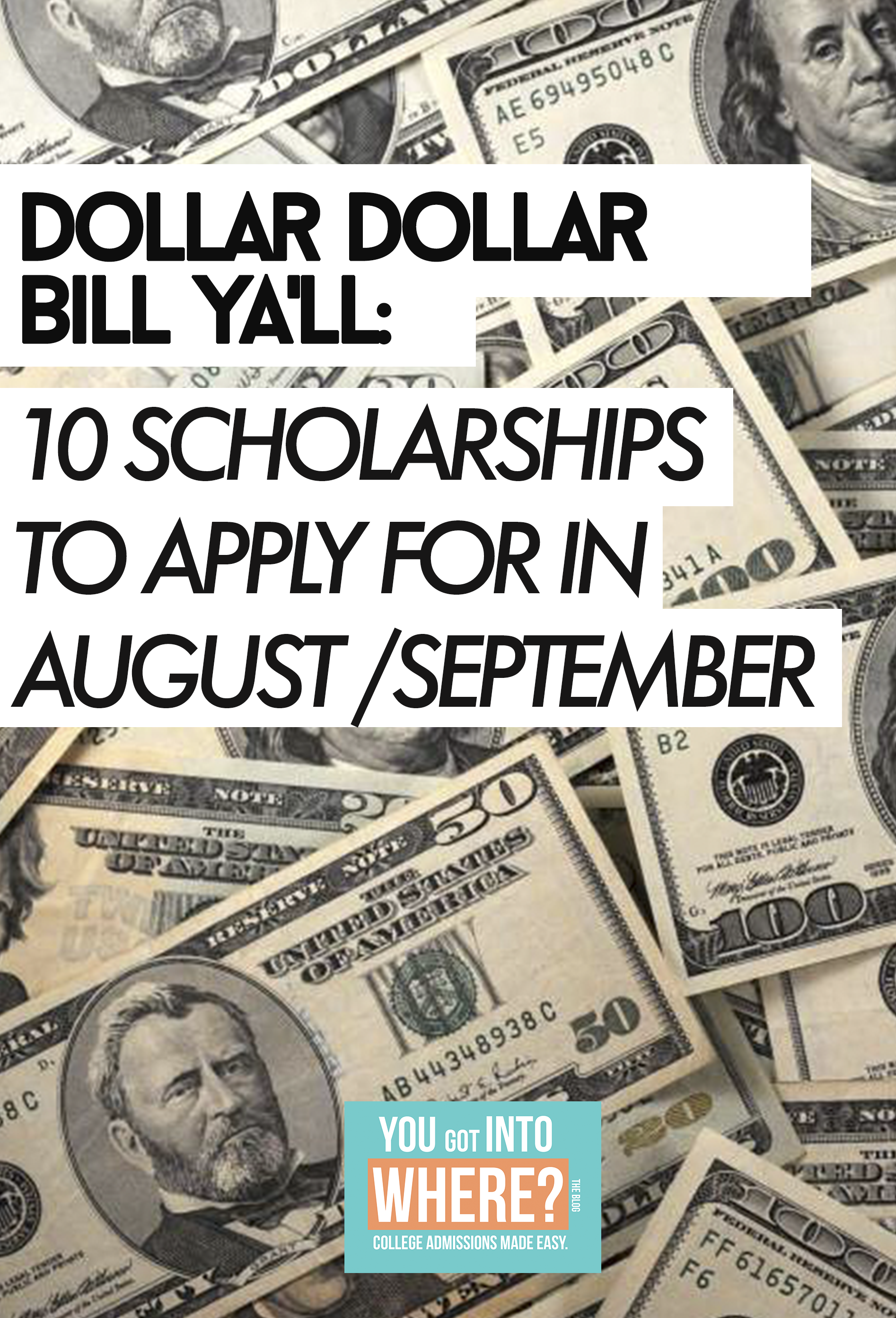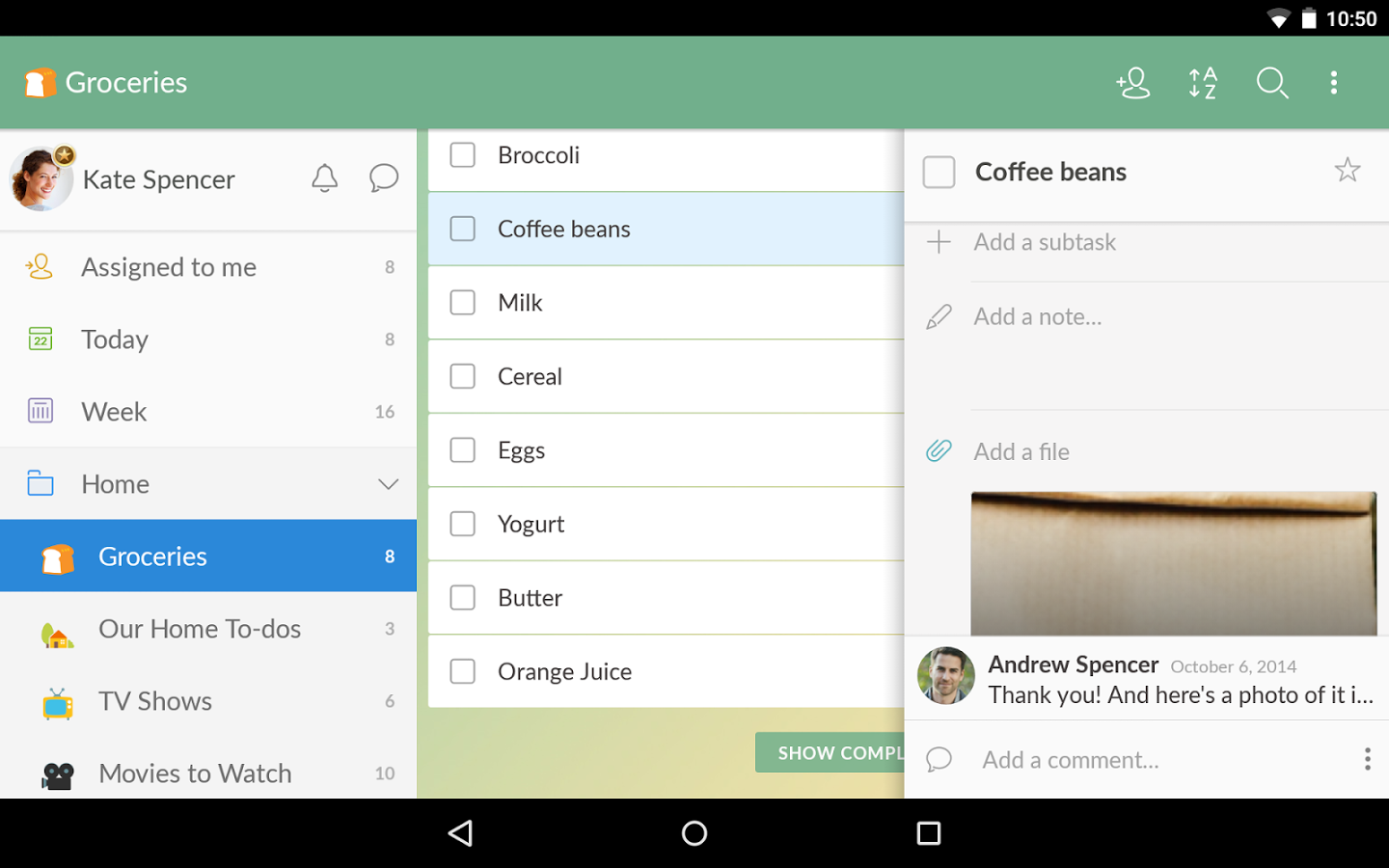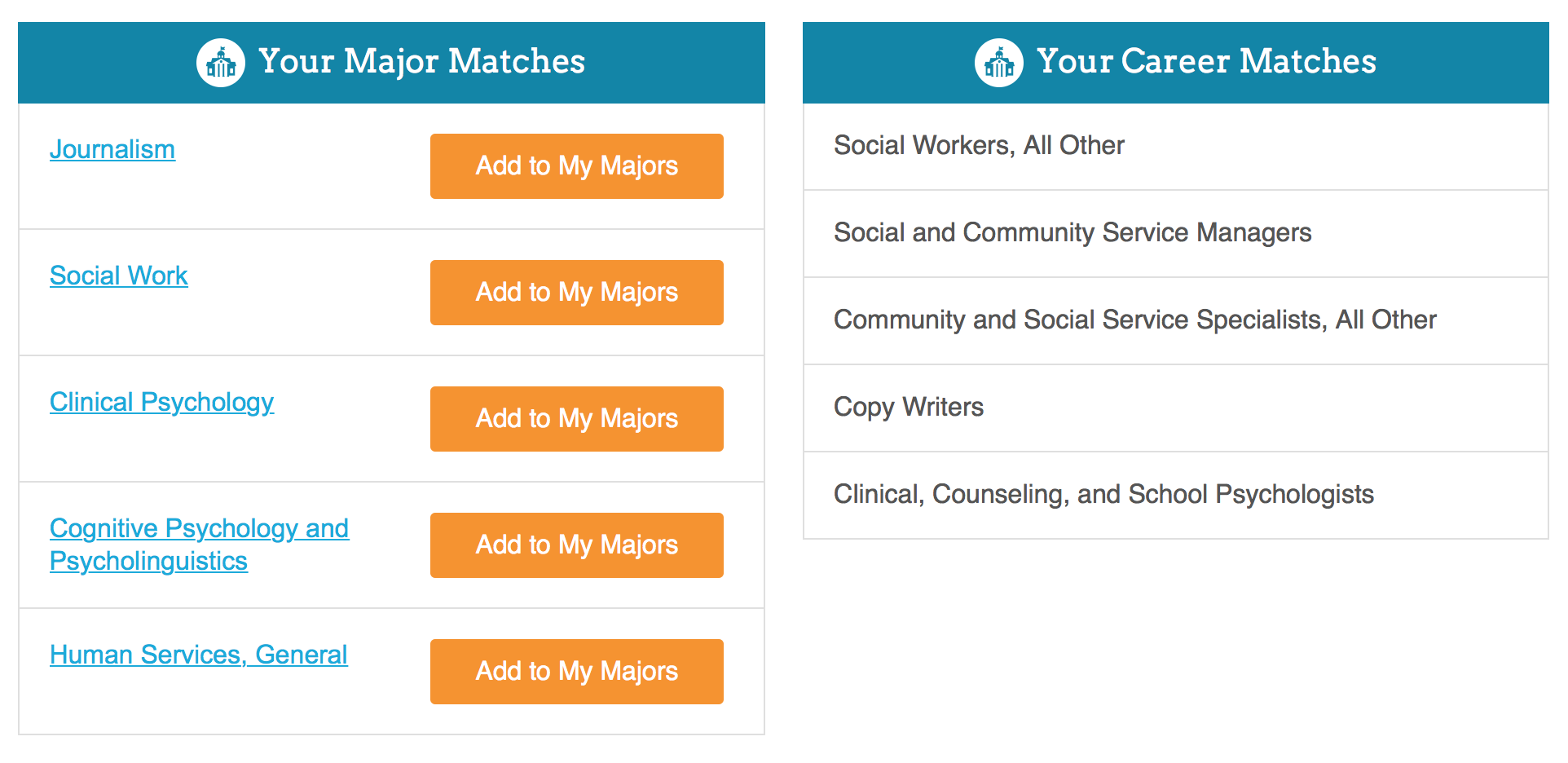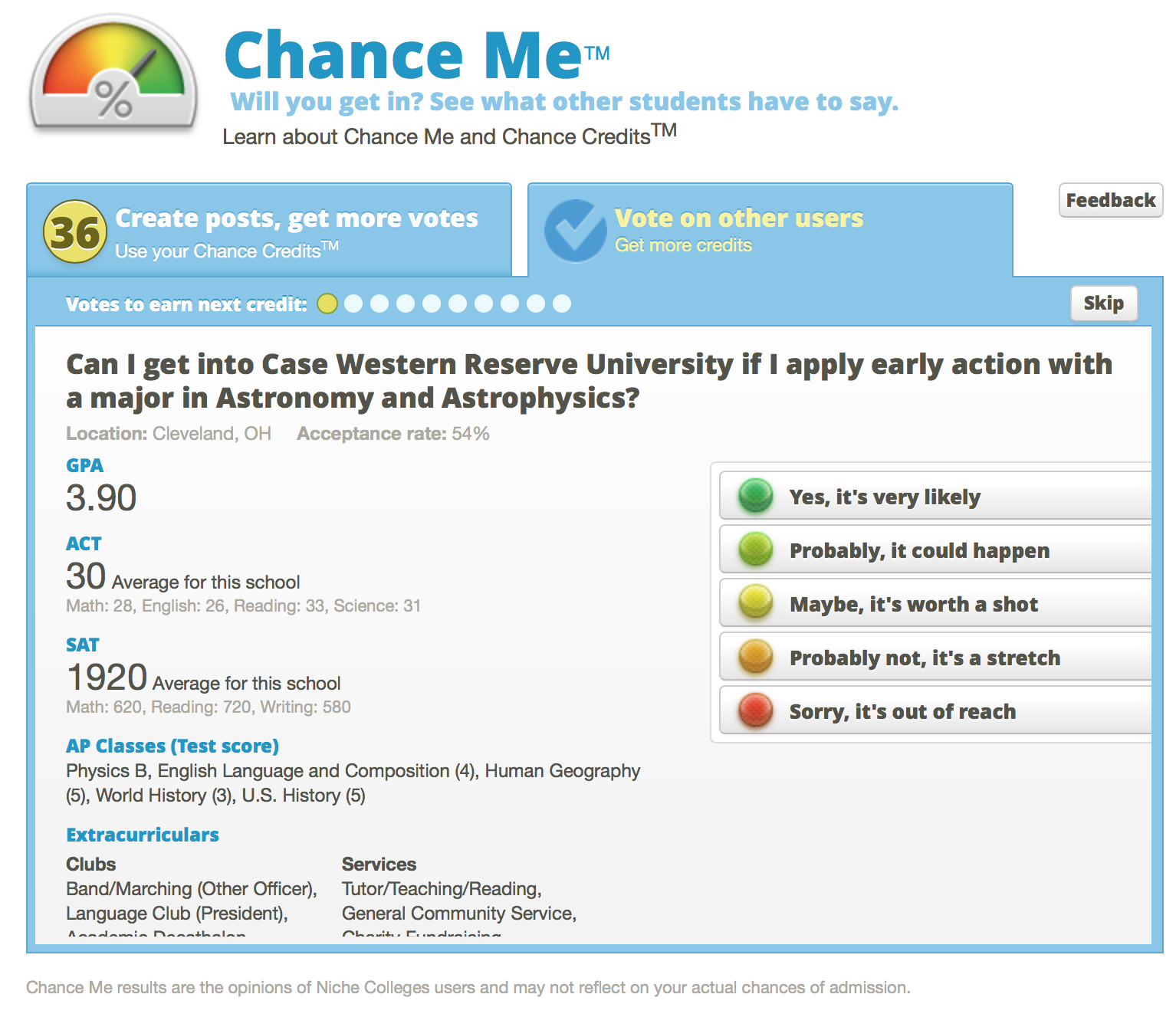Why Choosing a College is Like a Season of the Bachelorette
/Choosing a college is like a season of The Bachelorette. Applying to college might seem as stressful as choosing a fiancé, but that’s okay.

Weeks 1-2
During your junior year of high school, you will probably begin compiling a list of potential colleges. Throughout the remainder of your high school career, you will spend countless hours deciding which colleges to apply to, actually applying to them, and finally choosing a school. It sounds rough.
Similarly, JoJo Fletcher underwent a stressful process throughout the ten weeks which made up this past season of The Bachelorette. At the start, she was faced with twenty-six men seeking her heart. Each participant on the show offered a unique set of characteristics to his potential future fiancé, just as colleges do to prospective students. Of course there are colleges that offer none of what we are looking for... I think we all remember Chad from this season. While it may be easy to rule these schools out quickly, there will be multiple colleges with various pros. Maybe one has the name everyone knows and envies, like former NFL quarterback Jordan Rodgers. Another displays incredible guidance and support, like Robby Hayes. How can she choose?

Weeks 3-5
As you begin to acquire acceptance and rejection letters from schools and narrow your choices down, the decision-making grows increasingly more challenging. Take it from JoJo. She shed tears nearly every episode, especially as the weeks went by. She continued to learn more about each man and had even more trouble letting one go. Like JoJo you are looking for a commitment, which can seem daunting. As JoJo send men home week after week, she found herself crying out that she didn’t even know what she was doing. She wondered whether the decisions she made rejecting men would be the best for her future.
Although your decision is far from easy, you will reach a moment of clarity in which you will feel comfortable with the school you have chosen. Trust me, I’ve been there too. Personally, I had a lot of trouble choosing between the University of Southern California and the University of San Diego. Being from New York, I knew that I was choosing a school far from home, in fact on the other side of the country. Just as JoJo visited the homes of her top four men as the season began to wrap up, I made sure to visit my top colleges before coming to a decision, which I cannot recommend enough. The visits helped me immensely, and I left California during the spring break of my senior year, where I visited five schools, with a clear idea of my two favorites- USD and USC.

Weeks 6-7
If you still feel torn after visiting the schools to which you were admitted, as I did, don’t freak out. My first tip is to make a list of the pros and cons of each of your schools. Compare the various factors by their importance, such as the cost of tuition, the majors and minors offered, location, and opportunities for internships and jobs.
Although this process can help you to visualize the school which is most realistic for you to attend, I believe that following your gut will ultimately lead you to the best college for you. When JoJo was left with two men during the final episode of this past season, she talked rationally with her family about her two options, verbally listing their pros and cons. Both were great, but her parents and siblings all seemed to favor Robby. Her brother compared Jordan to a “New Year’s date” and claimed that Robby seemed to be more of a long-term fit for JoJo. However, America’s favorite bachelorette jumped to Jordan’s defense. Just as JoJo defended Jordan, I found myself defending USC whenever a family member or peer would persuade me to commit to USD.

Weeks 8-9
When it comes down to it, you can ask your family and friends for their advice as much as you want, but you won’t end up choosing a school because someone else told you to do so. You are the one spending the four years at that school, not your loved ones. Though JoJo’s family encouraged her to pick Robby, they ultimately expressed their interest in her happiness. My family did the same when I was choosing a school, and I’m sure yours will too.
Instead of asking where you should go, ask your family and friends where they believe you truly want to go. You will come to realize that your heart is set on a college. Clearly, JoJo felt that Jordan was right for her early on in the show, as she gave him her First Impression Rose. She revealed after the season ended that she kept asking herself which man she could not imagine leaving, and the answer was Jordan. Think about which school comes to your mind first. Metaphorically, I gave my First Impression Rose to USC. My family could tell for a while that I genuinely wanted to end up there, since I always talked about it first and most often. I did receive more scholarship money at USD and was offered spring admission to USC, meaning that I would have to begin classes there in the spring semester, rather than during the fall. However, I followed my gut and felt absolutely relieved when I committed to the University of Southern California and made plans to study abroad my first semester.

Week 10
My final piece of advice to you is to not stress too much. Wherever you end up is where you are meant to be. I know that was corny, but it’s true. Please don’t let yourself cry as much as JoJo did this season (if that’s even possible). As May 1 approaches, deliver that final rose, also known as your deposit, to the school you cannot imagine denying. At the end of the day, choosing a college is a process, and you should trust it! After all, JoJo trusted the process this season, and she and Jordan are set to live happily ever after. *Roll Credits*
If you are still stuck, the following links will direct you to more help on choosing between two colleges:
http://college.usatoday.com/2013/11/17/fear-not-10-ways-to-choose-between-seemingly-equal-colleges/
http://www.fastweb.com/college-search/articles/stuck-between-two-schools
https://www.unigo.com/admissions-advice/once-accepted,-how-do-you-choose-between-colleges/168/1






















